The voracious arapaima, which has invaded the Bolivian Amazon, can grow up to 200 kg in weight, posing a threat to native animals but a valuable product for fishermen.
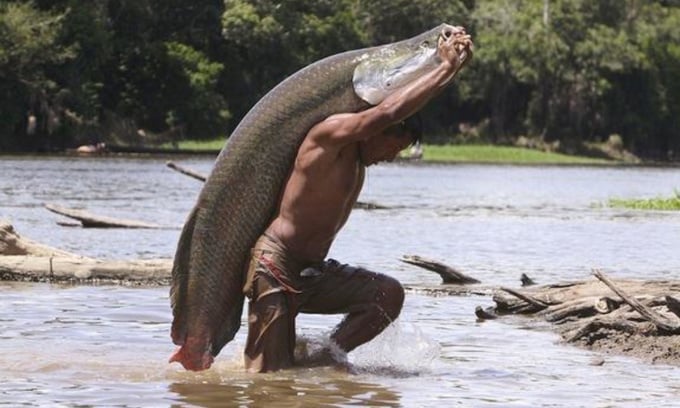
The elephant seal is one of the largest freshwater fish in the world . Photo: Sergio Ricardo de Oliveira
No one knows exactly when the Arapaipma gigas first arrived in Bolivia. Many experts believe they escaped from fish farms in Peru, where they are native. From there, they spread into Bolivia's rivers, BBC reported on December 28.
One of the world’s largest freshwater fish, it can grow up to 4 meters long and weigh more than 200 kilograms. It is estimated that the elephant seals are moving 40 kilometers into Amazonian rivers each year. Their size and voracious appetite make them a serious threat to native fish, according to Federico Moreno, director of the Center for Research on Aquatic Resources at the Beni Autonomous University.
"They are territorial fish. They dominate a body of water and scare away native species. That's one of the big problems. Other species run away from predators and go to other bodies of water, which are much further away and very difficult to reach," Moreno said.
Elephant seals are voracious eaters, according to biologist Fernando Carvajal, an expert on the fish. “In their first years of life, they grow at a rate of 10 kg per year. That means they eat a lot of fish,” he said.
Unlike other predatory fish like piranhas, arowanas have small, blunt teeth. But that doesn’t stop them from eating piranhas and many other fish, along with plants, mollusks, and birds. Arowanas eat everything like giant vacuum cleaners. They also scare away any fish that might try to eat their young.
Carvajal said there was no definitive data on the impact of the arowana, but fishermen said the numbers of some native species were declining. "In the next decade or two, the arowana will have spread to all the potential areas where it can live. We know that around the world, most invasions are harmful to nature. Invasive species are considered the second biggest cause of biodiversity loss, after habitat destruction," he warned.
But for local fishermen, the arrival of the arowana has also been a boon. Fisherman Guillermo Otta Parum said he was initially skeptical, but soon realized its potential. “When I brought the first fish home, I would give customers small pieces to try and get a taste,” Parum said. Now, they are a delicacy across Bolivia.
The challenge for fishermen is finding the arowana in the vast Amazon. The animals have lung-like organs and must frequently surface for air, so they prefer calm waters. They prefer lakes and lagoons, but will migrate when they sense danger.
Scientists like Moreno hope that fishing will help control the arapaima population. “Keep hunting them, keep fishing them. That can maintain the balance between the different species,” he said.
Thu Thao (According to BBC )
Source link



![[Photo] Closing ceremony of the 18th Congress of Hanoi Party Committee](https://vphoto.vietnam.vn/thumb/1200x675/vietnam/resource/IMAGE/2025/10/17/1760704850107_ndo_br_1-jpg.webp)


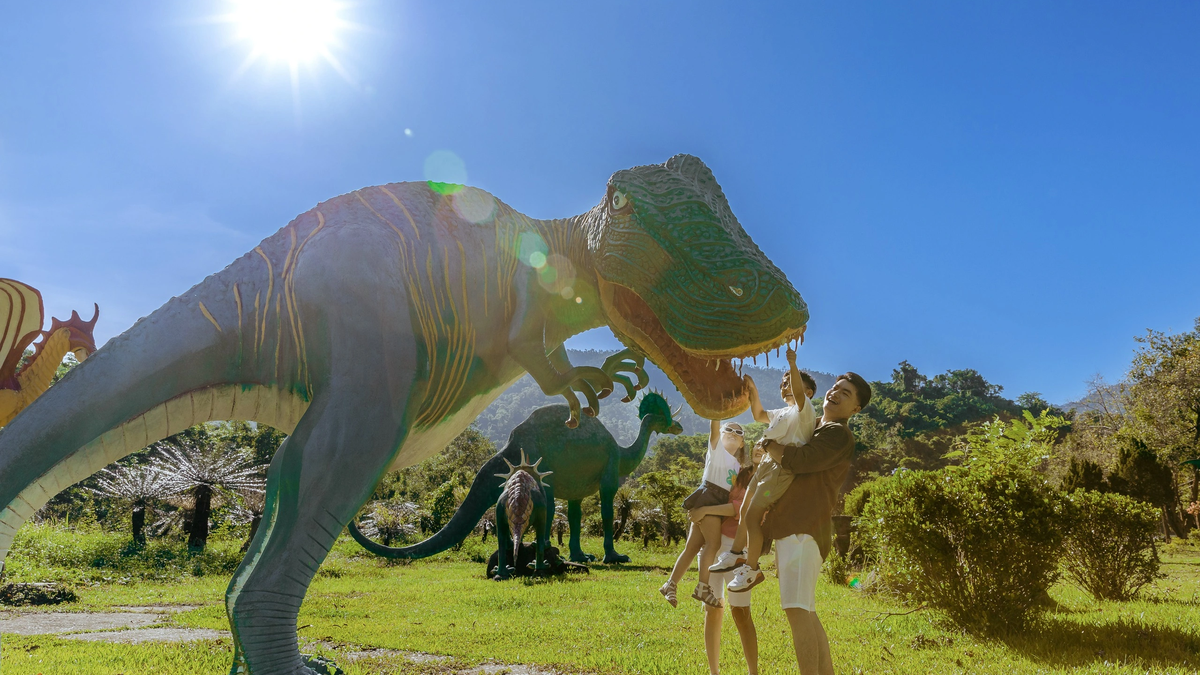







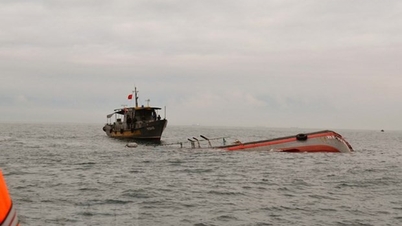






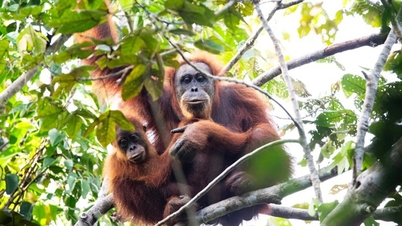
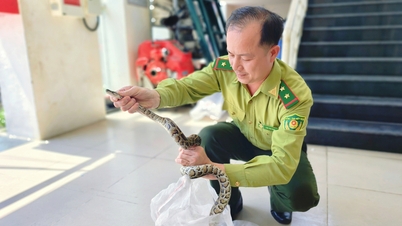





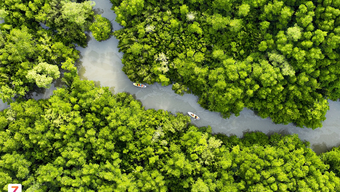







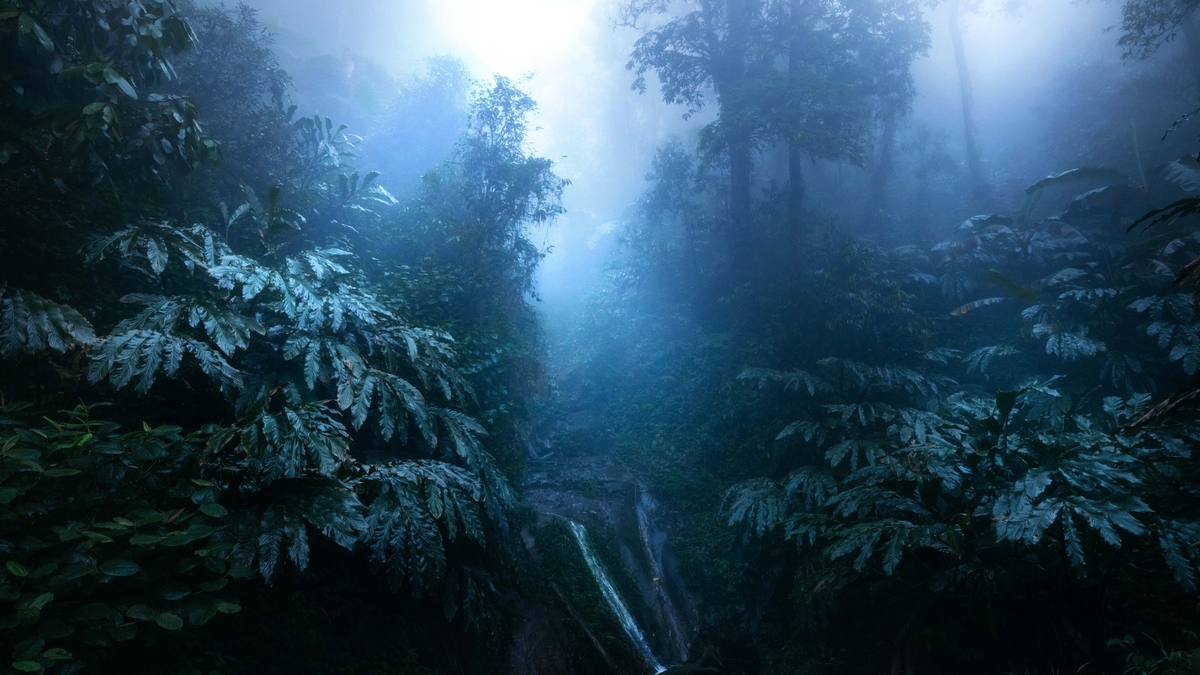
![[Photo] Nhan Dan Newspaper launches “Fatherland in the Heart: The Concert Film”](https://vphoto.vietnam.vn/thumb/1200x675/vietnam/resource/IMAGE/2025/10/16/1760622132545_thiet-ke-chua-co-ten-36-png.webp)































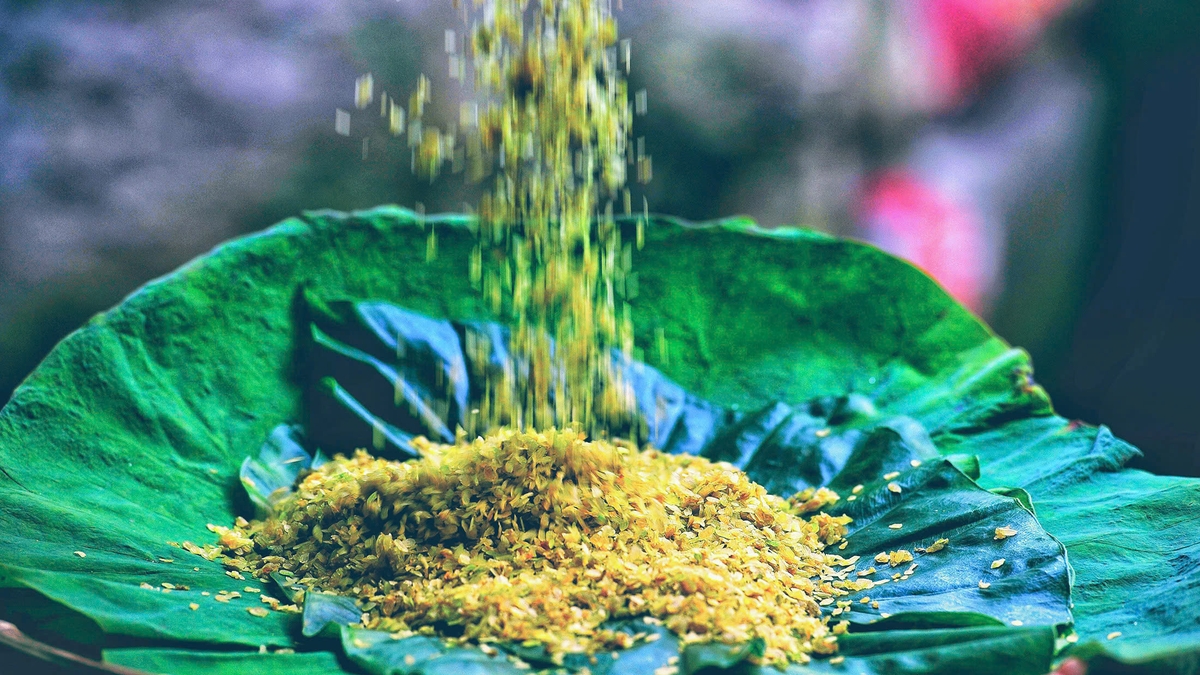
























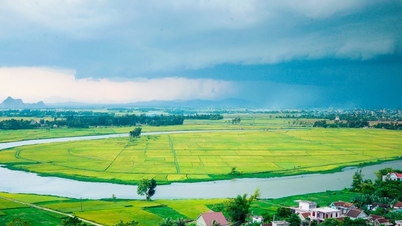























Comment (0)